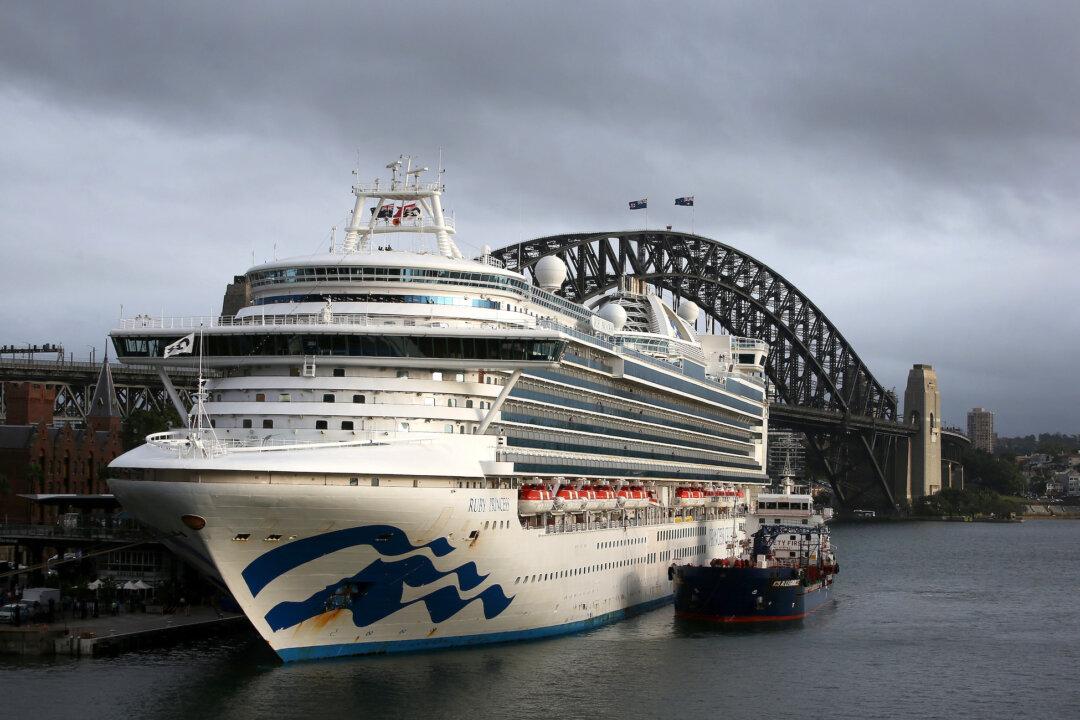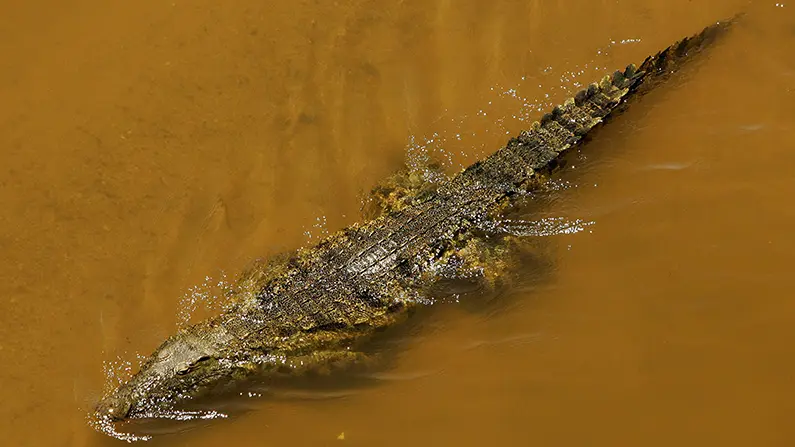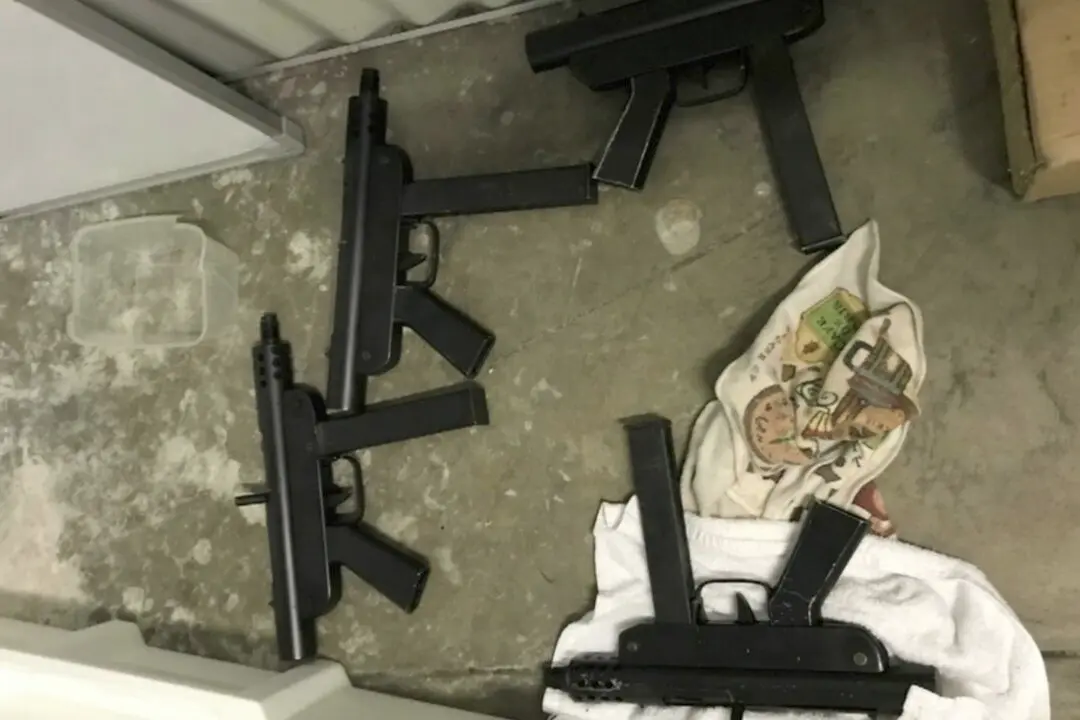A New South Wales Health medical officer deemed the Ruby Princess cruise ship low-risk mainly because no passengers had been to countries with worrying COVID-19 outbreaks, an inquiry has heard.
NSW Health communicable disease senior medical officer Sean Tobin was one of several public health experts who gave the ill-fated cruise ship permission via email to disembark at Circular Quay on the afternoon of March 18.





